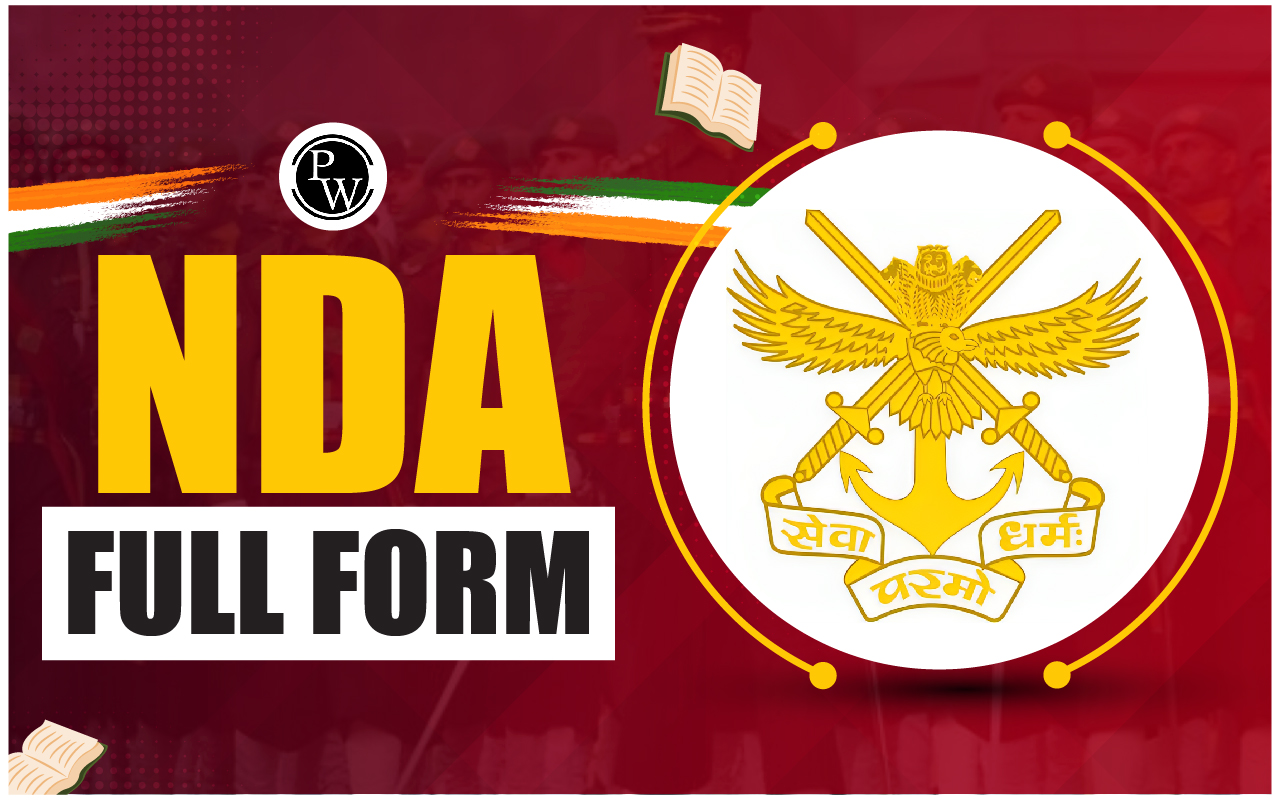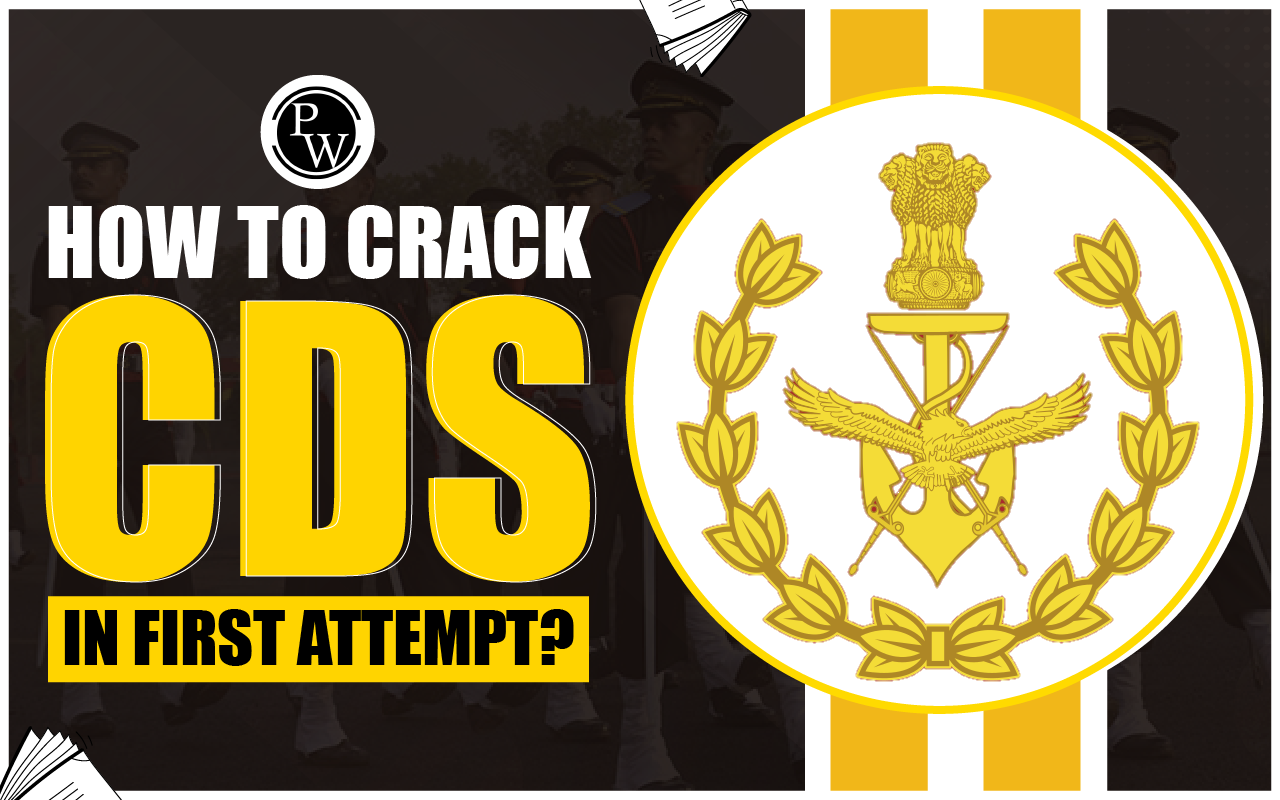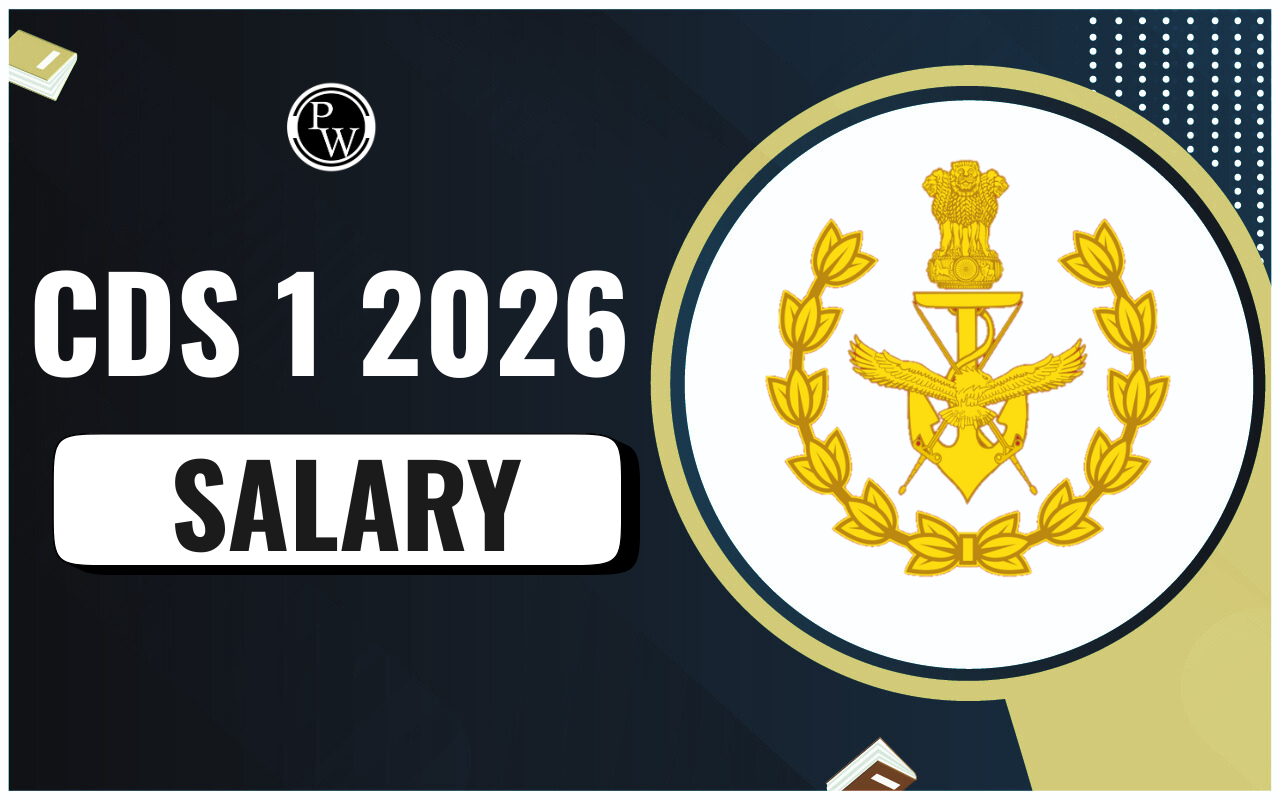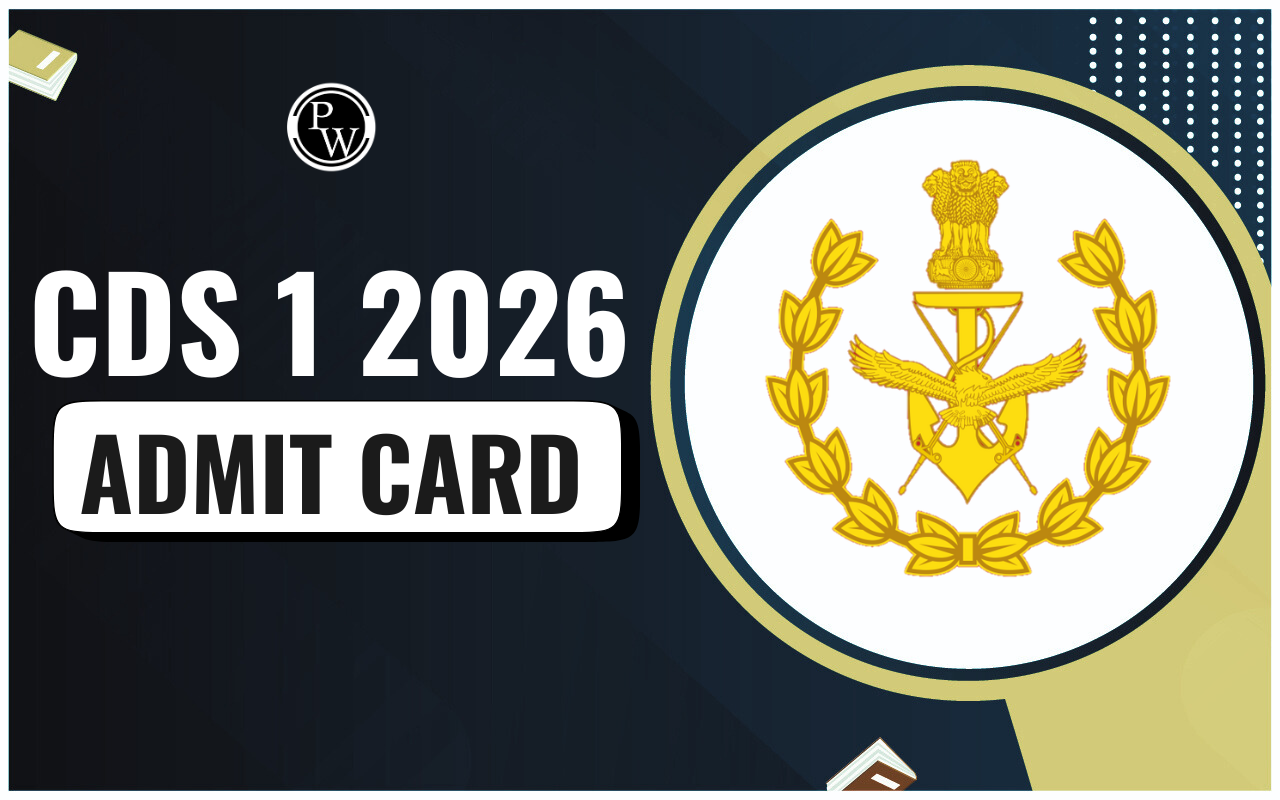
What is Hamas? In the wake of a devastating attack that claimed the lives of over 1,200 Israeli citizens, with a vast majority of them being civilians, the world is compelled to take a closer look at Hamas, the organization responsible for this tragic event. Hamas, an acronym for the Islamic Resistance Movement, has a multifaceted history and purpose that spans several decades.
Know About Hamas and Controversy Related to Hamas
Hamas, currently under the leadership of Ismail Haniyeh, is a militant organization. Shiite Iran provides support to Hamas, and the organization shares the Islamist ideology with the Muslim Brotherhood, which originated in Egypt during the 1920s. In the Palestinian territories, Hamas stands as one of the two prominent political entities, with Fatah as its primary rival. Fatah, often regarded as a more secular and moderate counterpart, holds sway over the Palestinian Authority in the West Bank.
- Since 2007, it has governed the Gaza Strip, following a short-lived civil conflict with the Fatah movement, led by President Mahmoud Abbas. Abbas is based in the West Bank and also serves as the head of the Palestine Liberation Organization (PLO).
- The Hamas ascendancy in Gaza came after their victory in the 2006 Palestinian parliamentary elections, which, incidentally, were the last elections held to date. Accusations of conspiracy were traded, with Hamas alleging machinations against it and Abbas characterizing the events as a coup.
- Since then, multiple cycles of conflict with Israel have ensued, frequently involving rocket attacks launched by Hamas from Gaza into Israel, met with retaliatory Israeli airstrikes and bombardments in Gaza.
- Hamas adamantly refuses to acknowledge the existence of the state of Israel and vehemently opposed the Oslo peace accords brokered by Israel and the PLO in the mid-1990s.
- The group operates an armed faction known as the Izz el-Deen al-Qassam Brigades, which has dispatched fighters and suicide bombers into Israel. Hamas frames these military actions as resistance against Israeli occupation.
- In its foundational charter from 1988, Hamas initially called for the obliteration of Israel, although its leaders have, on occasion, proposed the concept of a long-term truce, known as a "Hudna" in Arabic, with Israel in exchange for the establishment of a viable Palestinian state covering all territories occupied by Israel during the 1967 war. Israel views this as a deceptive maneuver.
- Several nations, including Israel, the United States, the European Union, Canada, Egypt, and Japan, have classified Hamas as a terrorist organization.
- Hamas forms part of a regional coalition involving Iran, Syria, and the Shiite Islamist group Hezbollah in Lebanon, all of which broadly oppose U.S. policies in the Middle East and Israel.
- While its primary stronghold is in Gaza, Hamas also boasts a network of supporters throughout the Palestinian territories, with leaders dispersed across the Middle East, including countries such as Qatar.
Origins of Hamas
Hamas emerged in 1987 as an offshoot of the Muslim Brotherhood. Its founding principles were built on three key pillars: religion, charity, and a firm stance against Israel. Surprisingly, its initial adversary was not Israel but rather Fatah, the rival Palestinian faction led by Yasser Arafat. Under the leadership of Sheikh Ahmed Yassin, one of its founding members, Hamas held an uncompromising stance from the outset.
The group's foundational charter unambiguously called for the elimination of Israel, and it adopted armed violence as a means to that end. It modeled its early armed wing after the fedayeen, Palestinian armed groups that emerged in the 1950s after the establishment of the state of Israel. This armed wing, known as the Izz ad-Din al-Qassam Brigades, has a notorious history of using terror tactics against Israel, including suicide bombings.
Functioning of Hamas
Hamas is a complex organization with a diverse range of functions. It manages Gaza's health services, but it also has a sinister side, perpetrating mass murders of Israelis. It oversees the education system and civil administration in Gaza while employing its police force to suppress those affiliated with rival factions. In essence, Hamas is deeply entrenched in the fabric of life in Gaza.
Hamas The Armed Wing
For most people, Hamas is synonymous with its armed wing. After the 1993 Oslo peace accords, Hamas, along with Palestinian Islamic Jihad, relied on suicide bombings to oppose the peace agreement, which became a recurring strategy during the second intifada. The Qassam Brigades grew substantially stronger, evolving into a formidable paramilitary force, particularly in Gaza.
Although the exact number of Qassam Brigades' fighters remains disputed, it is believed that they comprise several tens of thousands, including specialized units like small boat forces, combat divers, paraglider operators, and drone teams.
Hamas in Power in Gaza
The turning point for Hamas occurred in 2007 when it forcibly seized power in Gaza after a period of deadly anarchy and political clashes following its victory in the 2006 Palestinian elections. In power, Hamas was expected to address corruption, but it often displayed brutality and greed. Pyramid schemes connected to smuggling tunnels and conspicuous luxury appeared in its southern strongholds. Allegations of a "black budget" siphoning funds towards the military wing and influential individuals further tarnished its reputation.
The messaging from senior Hamas leaders during this time became contradictory. While some suggested the possibility of a long ceasefire with Israel, known as a hudna, the mask often slipped, revealing persistent threats of violence against Israel and Jews more broadly.
The blockade imposed by Israel in 2007 and subsequent Gaza wars reinforced Hamas's identity and its role in Palestinian society and the broader Middle East. War with Israel legitimized its presence and garnered support among Palestinians, especially in Gaza, where its governance shortcomings were exposed.
Hamas Today
Hamas, while never shying away from employing terrorism, appears to have taken a more extremist turn. Recent events suggest that the most hardline elements within the organization have assumed dominance, led by the elusive Mohammed Deif, a prime target for Israel. The current leader of Hamas in Gaza, Yahya Sinwar, has seemingly adopted a policy of all-out war after previously advocating for improved external relations.
In conclusion, Hamas is a multifaceted organization with a controversial history, often characterized by violence and conflict. Its complex dynamics reflect a volatile mix of religious ideology, political power struggles, and resistance against Israel. Understanding the various facets of Hamas is essential to address the ongoing challenges in the Israeli-Palestinian conflict.
What is Hamas FAQs
Q1. What is Hamas?
Q2. How did Hamas come into power?
Q3. What are the key goals of Hamas?
Q4. Is Hamas considered a terrorist organization?
Q5. What is the current status of Hamas?










